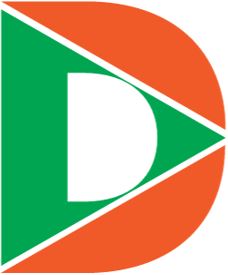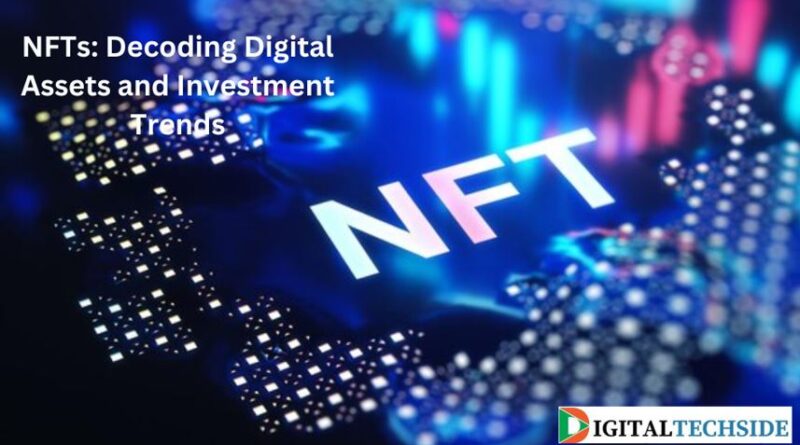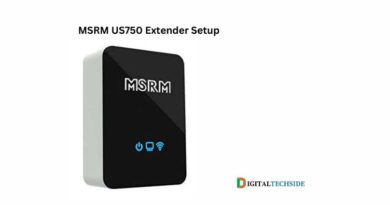NFTs: Decoding Digital Assets and Investment Trends
NFTs Unveiled: A Deep Dive into the World of Digital Assets
The digital realm has birthed a revolutionary concept that has taken the art, gaming, and even insurance markets by storm—Non-Fungible Tokens (NFTs). Originating in 2014, NFTs are unique digital assets bought and sold using cryptocurrencies, introducing a new dimension to ownership and value in the online world. In this comprehensive blog post, we will unravel the mysteries surrounding NFTs, exploring their definition, how they work, and the reasons individuals are drawn to invest in nfts them.
What Does NFT Stand For?
NFT stands for Non-Fungible Token, a term rooted in economics. “Fungible” refers to assets that can be exchanged for others of equal value, like a dollar bill. On the contrary, “non-fungible” denotes assets with unique characteristics that make them irreplaceable, such as a piece of land or a work of art. NFTs represent exclusive ownership of digital assets like art, tweets, GIFs, songs, in-game purchases, essays, and even domain names. As non-fungible assets, NFTs exhibit individuality, and their market value is subject to fluctuations.
How Do NFTs Work?
While NFTs are transacted using cryptocurrencies like Bitcoin and Ethereum, they themselves are not cryptocurrencies. Cryptocurrencies are fungible, meaning one unit can be exchanged for another of equal value. In contrast, NFTs are unique and have no equivalent value, relying on market dynamics to determine their worth. When you purchase an NFT, you acquire exclusive ownership of a specific digital asset, but it’s crucial to note that ownership doesn’t grant control over who can view or share the digital content.
If you purchase an NFT, what you’ll get?
Owning an NFT means possessing the exclusive rights to a particular digital asset, whether it’s a piece of art, a tweet, or an in-game purchase. However, this exclusivity doesn’t restrict others from viewing or sharing the content. The analogy of buying an autographed print is apt—while the NFT is signed exclusively to the owner, the digital content remains accessible to the public. NFTs have encompassed a wide array of digital assets, from traditional artworks to tweets, GIFs, songs, essays, and even domain names.
Why Would Anybody Buy a Non-Fungible Token?
The allure of NFTs lies in several factors, with scarcity and collectability being prominent motivators. The perceived rarity of NFTs, limited to one owner at a time, sparks interest and competition among potential buyers. The collectability aspect is akin to trading cards for the affluent, as NFTs become high-stakes assets with fluctuating values. Unlike traditional art markets, NFTs empower artists by eliminating intermediaries, allowing them to directly sell their work and retain a larger share of the profits.
Is It Worth Investing in Non-Fungible Tokens?
For those inclined toward riskier investments, NFTs offer a unique opportunity to make significant profits. However, it’s crucial to recognize the rarity of such windfalls and consider more stable investment options like index funds. While NFTs may capture attention with their flashy transactions, a measured approach to investment involves thorough research and consideration of the inherent volatility in the NFT market.
Other Strange Facts About NFTs
The world of NFTs is filled with intriguing anecdotes. The most expensive NFT ever sold, Beeple’s Everydays: The First 5000 Days, fetched a staggering $69.3 million, placing it among the top hundred most expensive artworks ever. The diversity of NFTs extends to the weirdest items, from William Shatner’s themed trading cards to a video clip of Banksy’s artwork being burned, demonstrating the eclectic nature of the NFT market.
Notable NFTs
A showcase of some peculiar NFTs includes Lindsay Lohan’s electronic single accompanied by a GIF, a digital image of Shawn Mendes’ tour vest, a video clip of Banksy’s artwork being burned, the NFT of the ‘Charlie Bit My Finger’ YouTube video, and even Jack Dorsey’s first tweet—sold as an NFT for nearly $3 million.
Conclusion
Navigating the world of NFTs requires an understanding of their unique nature and the factors driving their appeal. As these digital assets continue to disrupt traditional markets, potential investors must carefully weigh the risks and rewards. Whether it’s the scarcity, collectability, or empowerment of artists, the world of nft development services is undoubtedly a fascinating, albeit complex, landscape that merits exploration for those willing to embrace its eccentricities.

As a DIGITALTECHSIDE author, the majority of our articles have been focused on technology, blogging, business, lifestyle, social media, web design and development, e-commerce, money, health, education, entertainment, SEO, travel, and sports.
Contact us at digitaltechside@gmail.com if you have questions of anything.




